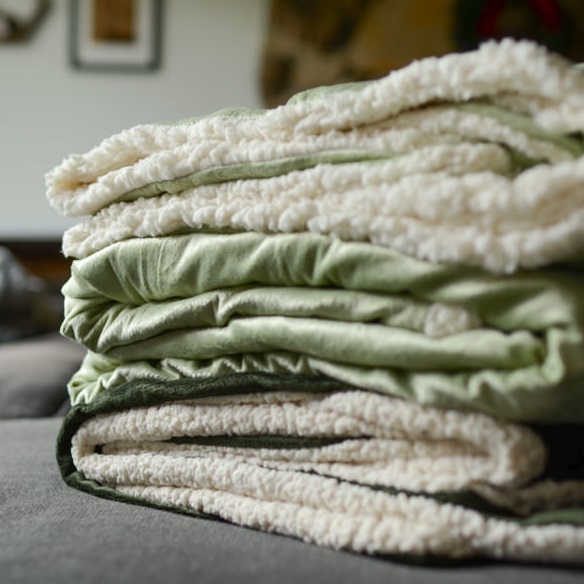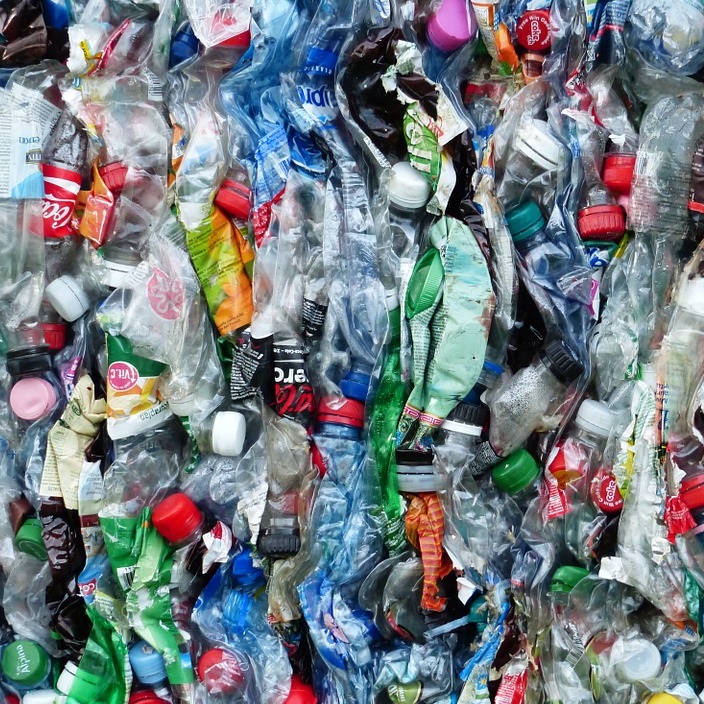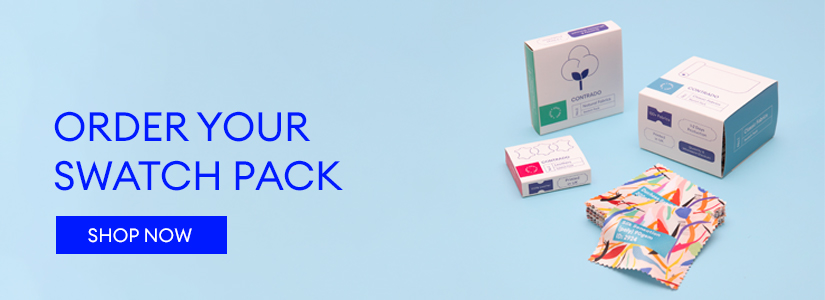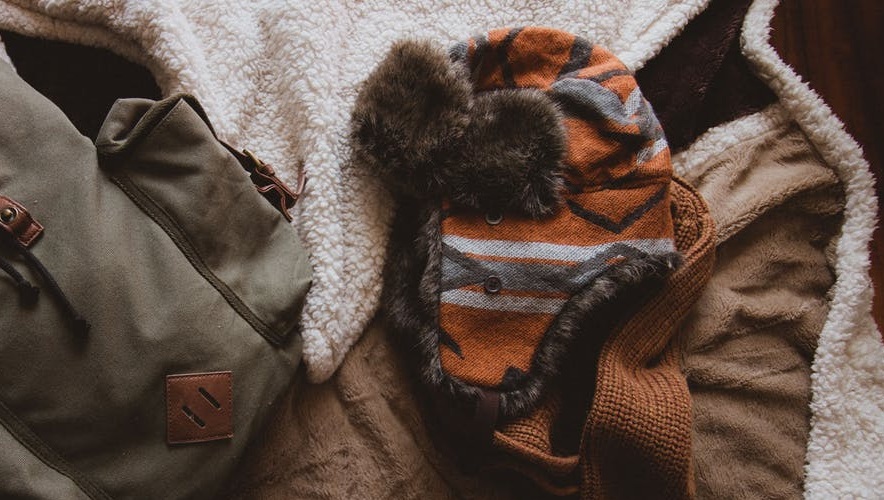What is Fleece?
Ever wondered what fleece is and what its definition is? Read on, dear fellow fabric-goop, and find your answers here.
Fleece fabric is defined as a man-made wonder product, if there is such a thing. Despite being named after the coat on a sheep, it’s 100% synthetic and derived from plastic rather than a fluffy sheep’s coat – despite being fuzzy to the touch. The super soft, warm and breathable nature of this magic material makes it perfect for outerwear and all things cozy.

What is Fleece Made of?
Typically, fleece is made from polyester. Fine polyester fibers are woven into a light fabric and then brushed to results in a thick fabric. Occasionally other natural fibers are woven into the material such as wool, hemp or rayon to create a distinct texture or vibrancy of the fabric. It can also be made from recycled plastics such as plastic water bottles, giving it an eco-friendly edge while being inexpensive.

How is Fleece Made These Days?
For polyester fleece, the polyester fibers needs to be made first. They are made by using a chemical reaction involving petroleum and petroleum derivatives. These chemicals are heated until they form a thick syrup, which then hardens and is spun to form threads. Due to the structure of the fibers, fleece is extremely warm and and allows air to flow through it easily.
The Magnificent Characteristics of Fleece
The characteristics of fleece make it incredibly useful for keeping warm, particularly while being active. It has a pile surface on both sides of the fabric, meaning each side has a layer of cut fibers. Air pockets can sit between the threads in this pile surface, meaning the material can hold in that bit more warmth.
Not only is fleece warm and durable, but it is moisture-resistant making it ideal for extreme weather conditions or for sportswear which it became popular for in the 1990s, due to it being warmer than wool and much lighter to wear.

What is Fleece Used For?
Fleece has been used for everything from ear-warmers for babies, to underwear for astronauts. Its versatility makes it one of the most commonly used fabrics in the modern textile industry today.
As mentioned, fleece is the ideal material for athletic garments. The fabric wicks perspiration and moisture away from the body, keeping athletes dry, while letting air circulate through the fibers. It also keeps odors from sweating at bay!
The short pile fabric increases the body temperature when it’s against the skin, making fleece material the go-to fabric for warming winter garments. Coats, sweatshirts, gloves, scarves and blankets are often made from this lovely cozy fabric to create long-lasting and extra warm winter wear.

Where does Fleece Come From?
In the 1970s, Malden Mills developed polyester fleece, which was the basis of modern-day fleece fabric. Malden Mills was previously known for producing wool and faux fur garments. The company wanted to replicate the insulating nature of these warm materials without the issues that come with natural wool (e.g. being heavy when wet, and needing sheep to create it).
Malden Mills partnered with outdoor clothing company Patagonia, together debuting Synchilla fleece – a strong, pile fabric made to imitate wool.
The owner of Malden – Aaron Feuerstein – decided not to patent fleece, which made this fabric accessible to the masses and inexpensive to purchase. Now working under the name PolarTec, the company continues to make its famous fleece today.
Fleece Vs Wool
Generally, fleece is preferred over wool because it is softer and much lighter in weight. Wool can also be of itchy nature, but this reaction is unlikely to happen with synthetic polyester. However, wool has the advantage of being totally natural and environmentally friendly, whereas fleece is only eco-friendly if produced from recycled plastics.
Fleece:
- Lighter weight
- Breathable
- Softer than wool
- Does not insulate when wet
Wool:
- Natural, environmentally friendly
- Breathable
- Insulating even when wet
- Can be itchy
- Rely on natural resources

Looking at the definition of fleece, how it’s made and its features, it is not surprising that this fabric is one of the top materials used in the fashion industry. It convinces with its light and breathable characteristics as well as its warmth and comfort.
Feel and explore the characteristics of polar fleece and over hundred other materials with your own fabric swatch pack.


